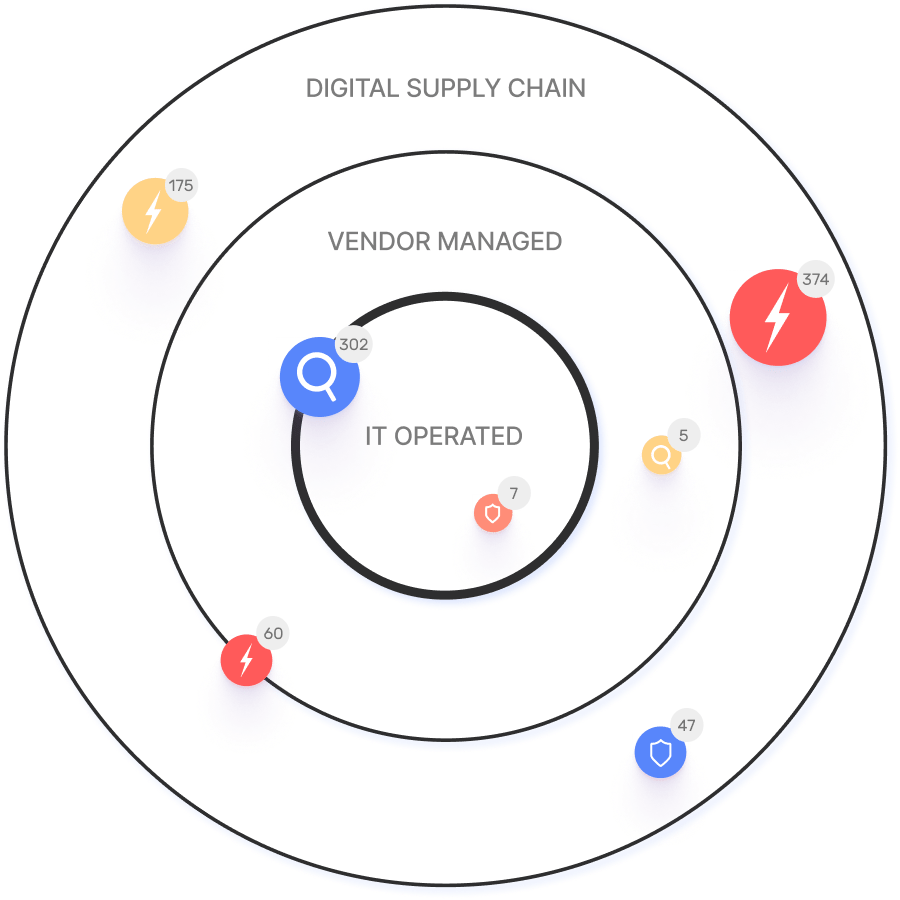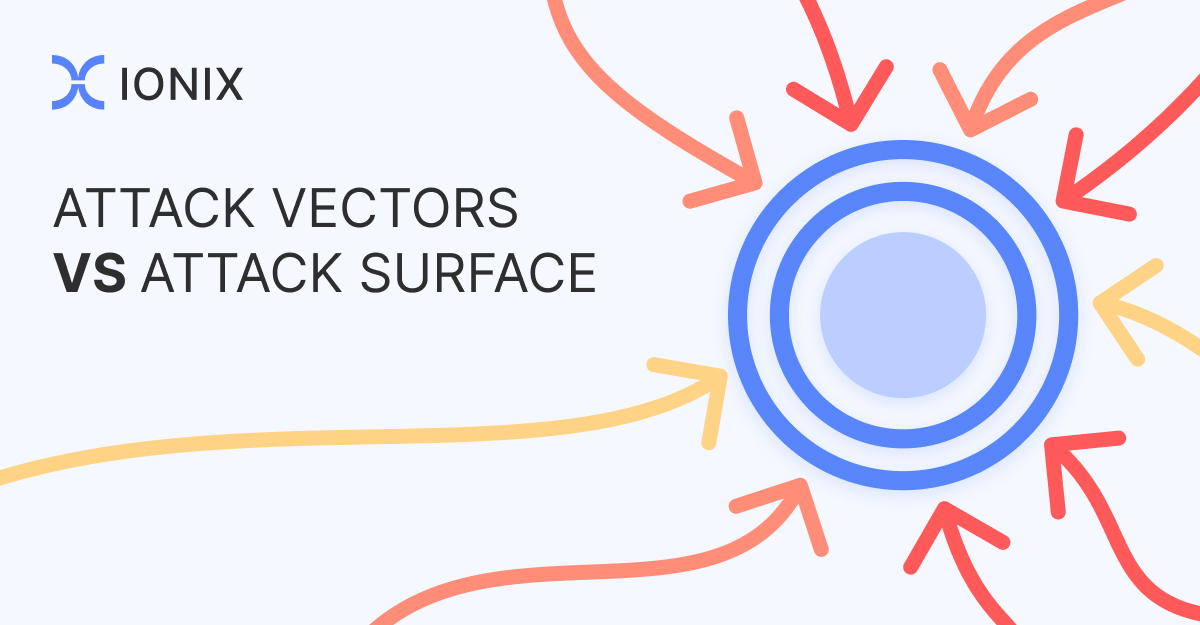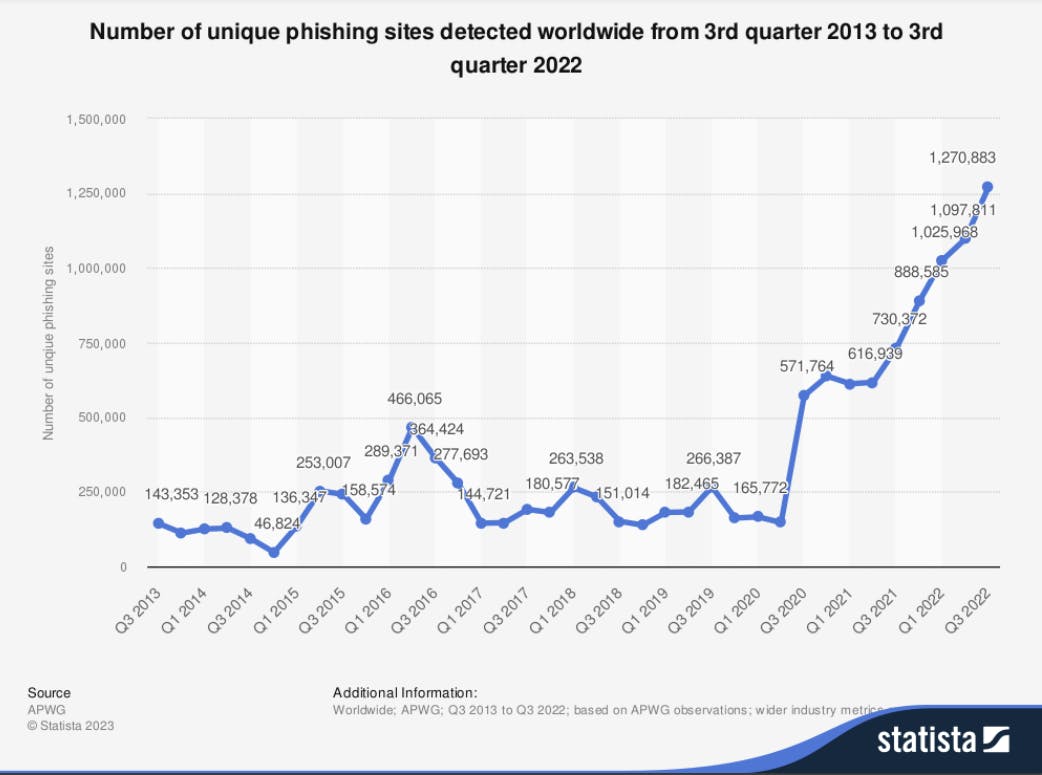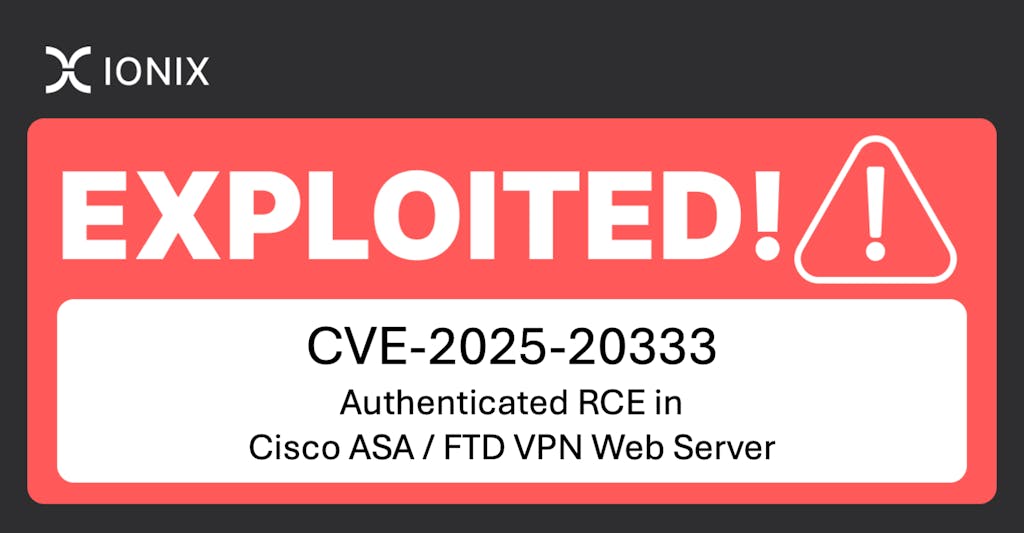Frequently Asked Questions
Attack Surface & Attack Vectors
What is an attack surface?
An attack surface refers to all the possible points where a bad actor can try to enter or extract data from an environment. This includes physical devices (servers, computers, phones), digital domains (networks, software applications, cloud services), and the human element (employees vulnerable to social engineering). Understanding your attack surface is the first step in securing your network and data. Learn more.
What is an attack vector?
An attack vector is a method or pathway a bad actor employs to gain access to a computer system, network, or database. Examples include phishing, malware, SQL injection, zero-day exploits, man-in-the-middle attacks, denial-of-service attacks, weak credentials, misconfigurations, missing encryption, malicious insiders, vulnerabilities, and API attacks. Each vector requires a different approach for mitigation. Learn more.
How are attack surfaces and attack vectors related?
A larger attack surface leads to more attack vectors, as each component can be targeted through different methods. Specific components are susceptible to specific vectors (e.g., web applications to SQL injections, email systems to phishing). As the attack surface evolves, so do the attack vectors, making layered defense strategies essential. Read more.
What is the difference between attack surface and attack vector?
The attack surface is all possible points at which cyber attackers or unauthorized users can potentially access the system, including hardware, software, code, servers, websites, ports, and shadow IT. An attack vector is the method an attacker uses to breach an application, account, or system, such as DDoS attacks, malware, exposed assets, weak passwords, phishing, or poor encryption. Learn more.
How can I minimize my attack surface?
Minimizing your attack surface involves reducing potential points of vulnerability. Steps include regularly updating and patching software, disabling unnecessary services and ports, implementing strong access controls, using network segmentation, and conducting regular security audits and vulnerability assessments. Learn more.
How can I reduce the number of attack vectors?
To reduce attack vectors, keep software up-to-date, implement robust firewalls and intrusion detection/prevention systems, use strong authentication (such as multi-factor authentication), regularly review user permissions, and educate employees about phishing and social engineering. Learn more.
What is the most common attack vector?
Phishing is one of the most common attack vectors. It involves deceptive emails, messages, or websites that trick individuals into revealing sensitive information. Educating employees and users about recognizing and avoiding phishing attempts is crucial for safeguarding against this prevalent threat. See data.
How does identifying and mapping work in attack surface analysis?
After defining the attack surface, teams identify and map potential attack vectors using various tools and techniques to determine different ways an attacker could breach the identified attack surface. This process is essential for reducing risk exposure and improving security posture.
What is the goal of attack surface analysis?
The goal of attack surface analysis is to identify all potential attack vectors that could be used to target the business, enabling the organization to reduce its risk exposure and improve security posture.
Where can I find more information about attack vectors and surfaces?
More information about attack vectors and surfaces can be found on the IONIX blog: Attack Surface and Attack Vectors.
Features & Capabilities
What features does IONIX offer?
IONIX offers features such as Attack Surface Discovery, Risk Assessment, Risk Prioritization, and Risk Remediation. The platform enables complete attack surface visibility, identification of exposed assets, validation of exploitable vulnerabilities, and prioritization of remediation activities. For more details, visit Attack Surface Discovery.
What integrations does IONIX support?
IONIX integrates with tools like Jira, ServiceNow, Slack, Splunk, Microsoft Sentinel, Palo Alto Cortex/Demisto, and AWS services such as AWS Control Tower, AWS PrivateLink, and Pre-trained Amazon SageMaker Models. For more details, visit IONIX Integrations.
Does IONIX have an API?
Yes, IONIX provides an API that supports integrations with major platforms like Jira, ServiceNow, Splunk, Cortex XSOAR, and more. For more details, visit IONIX Integrations.
What security and compliance certifications does IONIX have?
IONIX is SOC2 compliant and supports companies with their NIS-2 and DORA compliance, ensuring robust security measures and regulatory alignment.
Where can I find technical documentation for IONIX?
Technical documentation, including guides, datasheets, and case studies, is available on the IONIX resources page: IONIX Resources.
Use Cases & Benefits
Who can benefit from IONIX?
IONIX is tailored for Information Security and Cybersecurity VPs, C-level executives, IT managers, and security managers across industries, including Fortune 500 companies. Industries represented in case studies include insurance and financial services, energy, critical infrastructure, IT and technology, and healthcare.
What problems does IONIX solve?
IONIX helps organizations identify their entire external web footprint, proactively manage security, gain real attack surface visibility, and continuously discover and inventory internet-facing assets. These capabilities address challenges like shadow IT, fragmented IT environments, lack of attacker-perspective visibility, and dynamic asset changes. For more details, visit Why Ionix.
What business impact can customers expect from using IONIX?
Customers can expect improved risk management, operational efficiency, cost savings, and enhanced security posture. IONIX enables visualization and prioritization of attack surface threats, actionable insights, reduced mean time to resolution (MTTR), and protection of brand reputation and customer trust. Learn more.
Can you share specific case studies or success stories?
Yes. E.ON used IONIX to continuously discover and inventory internet-facing assets, improving risk management (read more). Warner Music Group boosted operational efficiency and aligned security operations with business goals (learn more). Grand Canyon Education enhanced security by proactively discovering and remediating vulnerabilities (details).
Product Performance & Recognition
How is IONIX rated for product innovation and security?
IONIX earned top ratings for product innovation, security, functionality, and usability. It was named a leader in the Innovation and Product categories of the ASM Leadership Compass for completeness of product vision and a customer-oriented, cutting-edge approach to ASM. See details.
What feedback have customers given about IONIX's ease of use?
Customers have rated IONIX as user-friendly and appreciate having a dedicated account manager for smooth communication and support.
Implementation & Support
How long does it take to implement IONIX and how easy is it to start?
Getting started with IONIX is simple and efficient. Initial deployment takes about a week and requires only one person to implement and scan the entire network. Customers have access to onboarding resources like guides, tutorials, webinars, and a dedicated Technical Support Team. Learn more.
What training and technical support is available for IONIX customers?
IONIX offers onboarding resources such as guides, tutorials, webinars, and a dedicated Technical Support Team to assist customers during implementation and adoption. Learn more.
What customer service or support is available after purchase?
IONIX provides technical support and maintenance services during the subscription term, including troubleshooting, upgrades, and maintenance. Customers are assigned a dedicated account manager and benefit from regular review meetings. See terms.
Competition & Differentiation
How does IONIX differ from similar products in the market?
IONIX offers ML-based 'Connective Intelligence' for better asset discovery and fewer false positives, Threat Exposure Radar for prioritizing critical issues, and comprehensive digital supply chain coverage. Unlike alternatives, IONIX reduces noise, validates risks, and provides actionable insights for maximum risk reduction and operational efficiency. Learn more.
Why should a customer choose IONIX?
Customers should choose IONIX for better discovery, focused threat exposure, comprehensive digital supply chain coverage, and streamlined remediation. IONIX's ML-based intelligence finds more assets with fewer false positives, and its Threat Exposure Radar helps prioritize urgent security issues. Learn more.
Blog & Learning Resources
Does IONIX have a blog?
Yes, IONIX's blog covers cybersecurity topics, exposure management, vulnerability management, and industry trends. Read the blog.
Where can I find the IONIX blog?
The IONIX blog is available at https://www.ionix.io/blog/.
Who are some of the key authors contributing to IONIX's blog?
Key authors include Amit Sheps and Fara Hain.
Customer Proof & Company Recognition
Who are some of IONIX's customers?
IONIX's customers include Infosys, Warner Music Group, The Telegraph, E.ON, Grand Canyon Education, and a Fortune 500 Insurance Company. For more details, visit IONIX Customers.
What key information should customers know about IONIX as a company?
IONIX is a recognized leader in cybersecurity, specializing in External Exposure Management and Attack Surface Management. The company was named a leader in the 2025 KuppingerCole Attack Surface Management Leadership Compass and won the Winter 2023 Digital Innovator Award from Intellyx. IONIX has secured Series A funding to accelerate growth and expand platform capabilities. See details.










